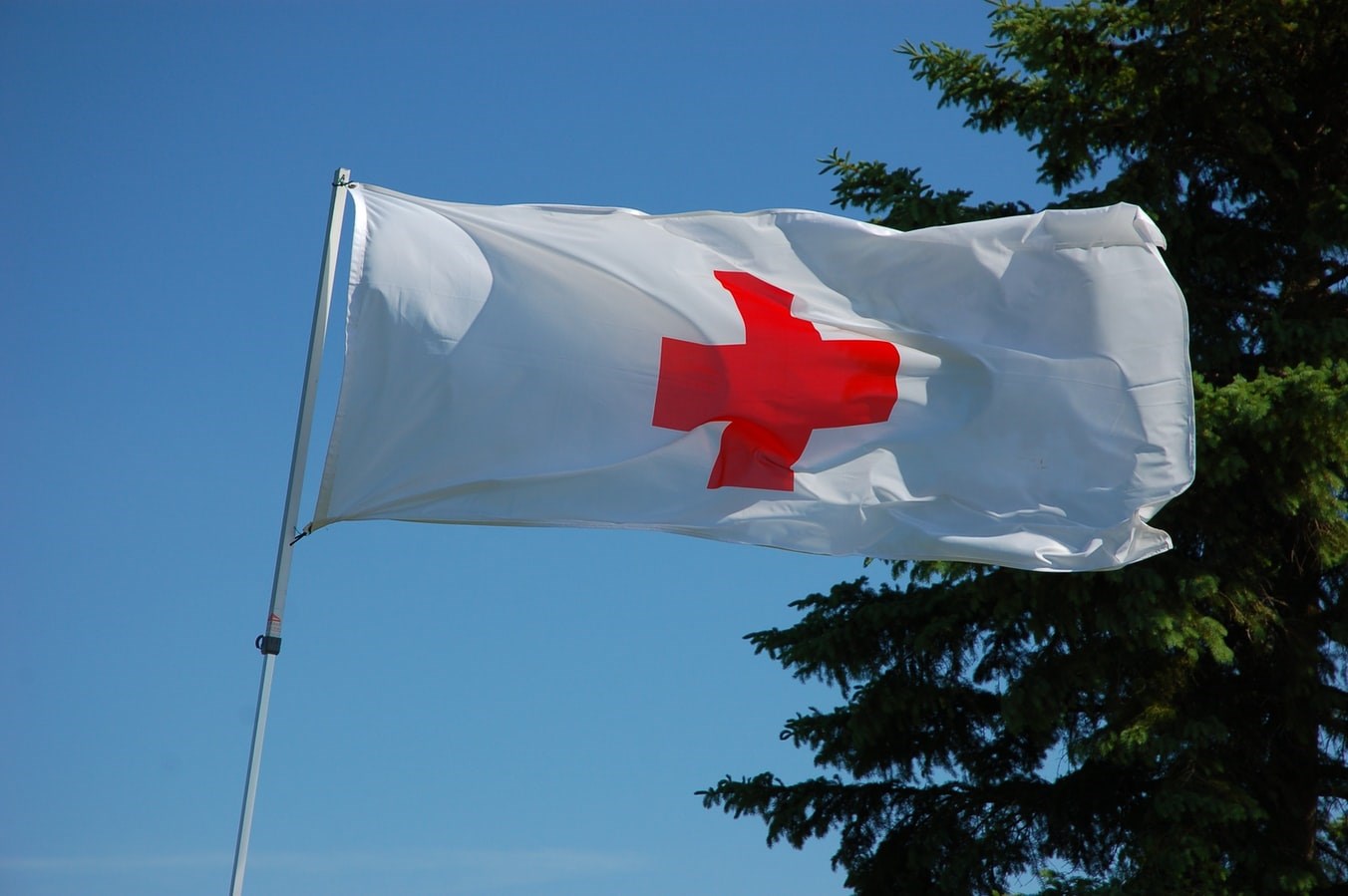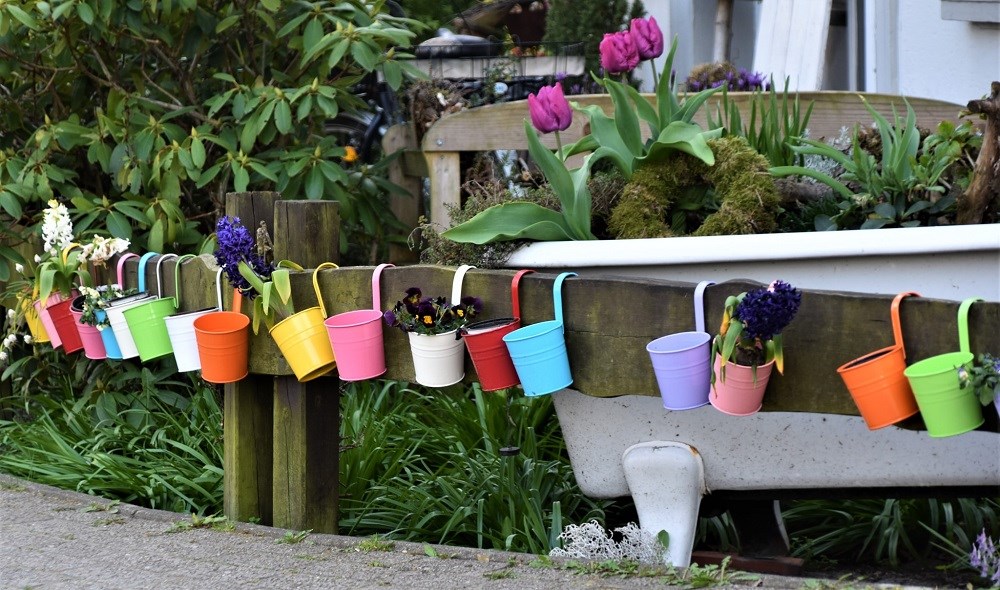
This article is a part of a month-long Morningstar Money Challenge. You can find the details here.
Today we’ll tackle an important milestone in any financial journey – the emergency fund. The most important thing to know about emergency funds is that they’re not optional.
Morningstar’s director of personal finance Christine Benz warns investors that an emergency fund should take precedence over any other savings goals you might have, including retirement saving or saving for a home down payment.
“It can be hard to be enthusiastic about building an emergency fund--it's kind of the ultimate in delayed gratification. But do it you must,” she says. She dedicated a part of her book, 30-Minute Money Solutions: A Step-by-Step Guide to Managing Your Finances to the importance of emergency funds.
“They're an absolutely crucial aspect of any financial plan, regardless of life stage or situation. For people who already have high-interest-rate debt, having an emergency fund can help guard against resorting to additional high-cost financing in a pinch. Having a cash cushion on hand also helps you defray unexpected expenses, whether a new roof or out-of-pocket healthcare costs, without needing to raid your retirement accounts. Finally, the big reason to have an emergency fund is to cover your basic costs in case of job loss,” she explains.
How to Know How Much You Need?
First, Benz says you need to determine your monthly living expenses. To do this, tally up your essential monthly expenses such as housing costs, utilities, food expenses, servicing debt, insurance and taxes, to name the big ones. You don’t need to include nonessential items that you could live without in a pinch, such as discretionary clothing purchases, high-cost cable packages, and the like.
Once you do this, you know what your baseline expenses are. Most experts will say that three to six months' worth of living expenses is a reasonable starting point when setting up your emergency fund amount. The key here are the words ‘starting point’. Benz says that it is important to customize your emergency-fund amount based on your own situation.
“The basic question is this: How much time would you want to replace your job if you lost yours? The key swing factors that should affect your decision are how flexible you are in terms of your career choices and lifestyle,” she says.
Additional Reading:
How Much Cash Do You Really Need?
How to Repair an Emergency Fund
Set and Invest Your Emergency Fund
Consider holding a larger emergency fund (more than six months' worth of living expenses) if you:
-Have a high-paying job (or one in a highly specialized field, which could make finding a new job harder/more time consuming)
-Are self-employed (or work on a freelance/contract basis, meaning your income fluctuates)
-Have dependents
-Have high fixed expenses, such as a mortgage, auto loans, and tuition bills
-You may be able to get by with a smaller emergency fund if you:
-Have a good degree of career flexibility because you are in a lower-paying position and/or haven't yet developed a specialized career path
-Have other sources of income that could help defray a large share of household expenses, such as a working spouse
-Have a great degree of lifestyle flexibility (for example, you would be willing to relocate or get a roommate)
Remember to factor in how much flexibility you have to adjust your expenses downward in a pinch. “New grads who could readily relocate, get roommates or move back in with mom and dad can get away with a smaller emergency fund. But if you're carrying a mortgage, have two car payments, as well as children and related expenses, your emergency fund should obviously be much larger,” Benz says.
“Once you strip out discretionary expenses that you could easily live without if you needed to, your emergency-fund amount is going to look a lot more manageable,” she says.
How to Get There?
The key first step in building an emergency fund is automating your contributions to it. “Steer the money straight from your bank into a savings vehicle so that you don't have to make an active decision to save each month. Most financial institutions will enable you to automate your investments in this way,” Benz says.
If you decide that you want to build a large emergency fund, Benz recommends splitting it into two pieces.
“For example, you might park three months' worth of living expenses in a traditional emergency-fund parking place (or a combination of them): your checking and savings account, a CD, money market account, or money market mutual fund. To help address the fact that those truly safe investments are yielding next to nothing, you could then put another nine months' worth of expenses (or more) in a vehicle that would deliver a slightly higher yield in exchange for modest fluctuations in principal value,” she says.
She also recommends exploring additional safety nets that you could turn to if you've exhausted your emergency assets. You can find some sources of emergency cash here.
Additional Reading:
6 Reasons to Tap Your Emergency Fund
An Emergency Fund for Retirement? Yes
Should My Emergency Fund be in My RRSP?




















